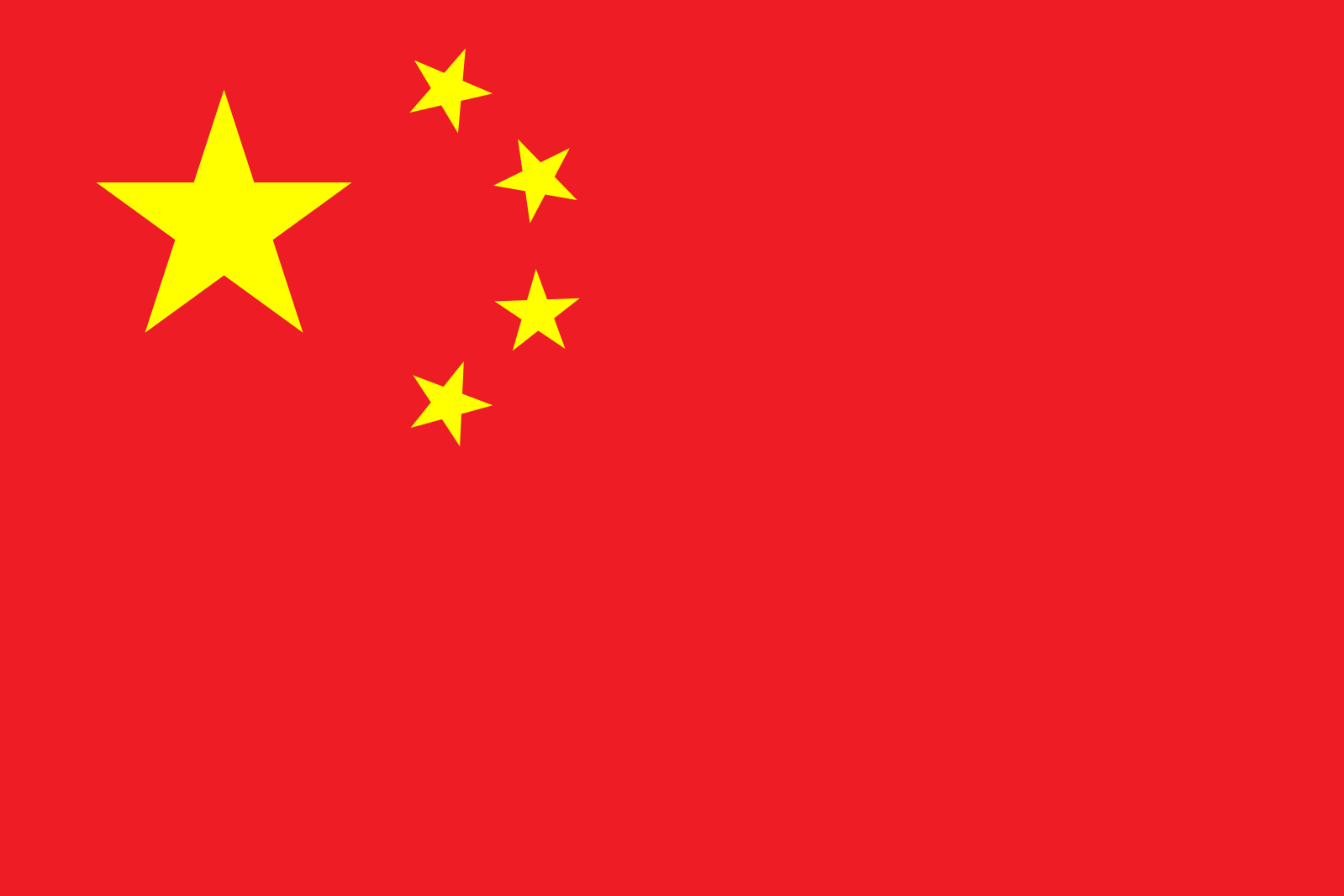As one of the world’s largest economies and a powerhouse in manufacturing, technology, and e-commerce, China offers tremendous opportunities for global companies. But expanding into China—especially when onboarding employees remotely—can be a complex undertaking. Between navigating legal frameworks, securing compliant payroll processes, and understanding cultural nuances, international employers often struggle to establish a presence without a local entity.
The good news? Businesses can onboard employees in China without setting up a company in the country—using global employment solutions like an Employer of Record (EOR) or Professional Employer Organization (PEO).
This step-by-step guide breaks down how to hire remote employees in China while staying compliant, reducing administrative overhead, and offering a seamless experience to your new hires.
Why Hire in China?
With a workforce of over 770 million people, China offers:
- A large pool of skilled tech, manufacturing, logistics, and finance professionals.
- Cost-efficient labor compared to Western markets.
- Robust infrastructure and digital transformation across industries.
- A strategic location for companies expanding in the Asia-Pacific region.
However, hiring in China comes with legal, tax, and compliance requirements that are vastly different from those in the West. This includes social insurance contributions, labor contracts, and government reporting—making it challenging for foreign companies to onboard talent without local support.
Step 1: Choose the Right Hiring Model
Before onboarding an employee in China, you must choose a compliant hiring model. Your options include:
a) Establish a Legal Entity
Setting up a Wholly Foreign-Owned Enterprise (WFOE) gives you full control but takes time and investment. It’s ideal if you plan a long-term presence in China.
b) Use an Employer of Record (EOR)
An Employer of Record in China legally hires the employee on your behalf. You retain operational control, while the EOR handles:
- Employment contracts
- Local benefits and taxes
- Payroll outsourcing
- Regulatory compliance
This is ideal if you want to test the market or quickly onboard remote employees without setting up a company.
c) Partner with a Professional Employer Organization (PEO)
A PEO offers a co-employment model where your employees are jointly managed by you and the local PEO. A Professional Employer Organization provides HR, legal, and payroll services, while you manage the employee’s tasks.
Both EOR and PEO options allow companies to stay compliant and focus on growth rather than bureaucracy.
Step 2: Ensure Compliance with Chinese Labor Laws
Chinese labor law mandates strict employment conditions. Regardless of the model you choose, your employment agreements and onboarding processes must follow local guidelines. Some key points to consider:
- Written labor contracts are mandatory and must be signed within one month of employment.
- Probation periods depend on the length of the contract (e.g., 1 month for contracts under 1 year).
- Employees are entitled to statutory benefits like pension, medical, unemployment, maternity, and work injury insurance.
- Employment termination must follow lawful procedures and severance pay may apply.
Using an Employer of Record or PEO helps ensure these legal obligations are met without confusion or risk.
Step 3: Draft and Localize the Employment Contract
Once you’ve selected your hiring method, the next step is to draft a compliant employment contract. This must be in Mandarin Chinese, as Chinese authorities do not recognize contracts in other languages.
Key elements to include:
- Job title and duties
- Work location (even if remote)
- Compensation and payment cycle
- Working hours and leave entitlements
- Probation period (if any)
- Termination conditions
- Confidentiality and non-compete clauses
Your global employment solutions provider will often have localized templates and legal advisors to help you draft enforceable agreements.
Step 4: Register for Social Insurance and Housing Fund Contributions
China’s social security system requires employers to register employees for the following contributions:
- Pension Insurance
- Medical Insurance
- Unemployment Insurance
- Maternity Insurance
- Work-Related Injury Insurance
- Housing Provident Fund
These contributions vary by city or region and typically involve both employer and employee payments. For instance, in Shanghai, employer contributions can be as high as 30% of an employee’s salary.
Handling these registrations remotely is near-impossible without local legal knowledge. That’s where payroll outsourcing or an EOR becomes essential.
Step 5: Set Up Local Payroll and Tax Withholding
Compliant payroll in China is highly regulated and requires local tax filings and statutory deductions. Key considerations include:
- Income Tax: China uses a progressive income tax system. Employers must withhold taxes at source and file monthly returns.
- Currency: Salaries must be paid in RMB via local bank accounts.
- 13th Month Salary: This is a common practice, especially in southern regions of China.
- Leave Tracking: Employers must track and report paid leave, sick leave, and statutory holidays.
Managing this manually or from overseas is extremely risky. Working with an international payroll services provider ensures your Chinese employees are paid on time, and all deductions are handled properly.
Step 6: Onboard Remotely with Cultural Sensitivity
Once your legal and payroll structures are in place, focus on delivering a high-quality onboarding experience. First impressions matter—especially in a culture that values formality and respect.
Tips for remote onboarding in China:
- Send a formal offer letter in Mandarin.
- Introduce the employee to your team via video calls.
- Provide documentation in both English and Mandarin.
- Educate them about your company culture, policies, and tools.
- Assign a local HR representative (through your EOR or PEO) to address any questions.
Building trust and rapport early on increases employee engagement and long-term retention.
Step 7: Monitor Ongoing Compliance and Employee Experience
Onboarding is just the beginning. China’s labor regulations evolve frequently, and maintaining compliance requires continuous monitoring. Your responsibilities include:
- Keeping employment contracts up to date
- Updating salary and benefit changes
- Reporting tax and social insurance accurately
- Providing proper notice and severance if terminating employment
This is where ongoing support from a Professional Employer Organization or Employer of Record can reduce risk and save your team significant time.
In addition, prioritize your employee’s experience:
- Conduct regular check-ins to assess satisfaction
- Provide local benefits like health insurance or professional development
- Celebrate Chinese holidays and milestones
A happy, well-supported team member is more productive and loyal—regardless of geography.
Why Use Team APAC’s Global Employment Solutions for China?
Expanding into China doesn’t have to be a legal or administrative burden. With Team APAC’s tailored global employment solutions, your business can:
- Hire remote employees in China quickly and legally
- Offload HR, payroll, and compliance to experienced professionals
- Provide local benefits and a seamless onboarding experience
- Test the market without setting up a legal entity
- Stay updated on evolving labor laws and tax requirements
Whether you’re hiring a single employee or building a full team, our international payroll services, payroll outsourcing, and EOR/PEO solutions are built to simplify your expansion.
Final Thoughts
Hiring and onboarding employees in China from abroad is entirely possible with the right strategy and local support. By using solutions like an Employer of Record or Professional Employer Organization, you can focus on your growth while experts handle the compliance, HR, and legal logistics.
To recap the process:
- Choose a compliant hiring model (EOR, PEO, or entity setup).
- Ensure contracts and policies align with Chinese labor law.
- Register for statutory benefits and social insurance.
- Set up local payroll and tax processes.
- Onboard with cultural awareness and structured communication.
- Monitor compliance and support employee wellbeing post-onboarding.
With Team APAC, you can onboard employees in China with confidence, speed, and professionalism—no matter where you are in the world.
Ready to Onboard Employees in China?
Let Team APAC help you onboard your next hire in China—seamlessly, legally, and stress-free.
👉 Get in touch to discuss your expansion plans today.








